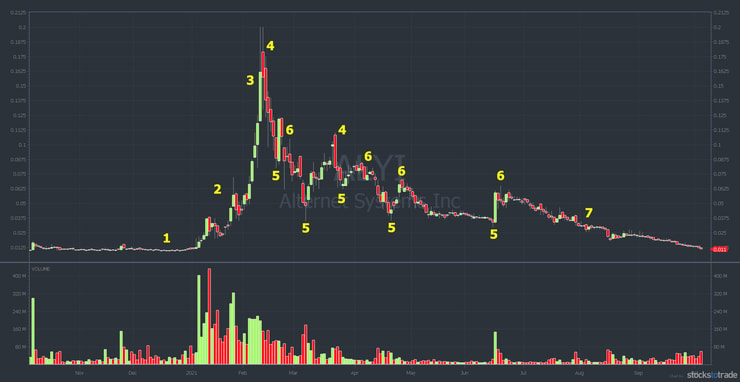My thoughts and prayers go out to anyone affected by hurricane Ian.
I'm praying for everyone in the path of #hurricaineIan as judging by the looks of what's bbeing posted, it's crazy how much damage there is. I hope everyone's staying safe! Please retweet as too many people aren't taking this storm seriously & it's dangerous to underestimate this pic.twitter.com/XNOdWraae8
— Timothy Sykes (@timothysykes) September 29, 2022
The world is full of strife right now. That’s the main reason I continue to trade.
The profits aren’t for me … I donate them.
Last year I managed to raise $1,076,441.30.
This year I’ve raised $117,061.18 so far.
I used to own a bunch of exotic cars. I dated models. I spent my money on parties and material things.
Sometimes my #Lambo is my office as I am always working/studying/teaching/trading! pic.twitter.com/kiMHrhhu83
— Timothy Sykes (@timothysykes) May 29, 2018
It was fun for a while. But it didn’t make me happy.
I watched a video where Dan Bilzerian admitted the same thing.
Dan is a famous gambler and social media influencer. He’s most popular for Instagram photos with tons of expensive toys and gorgeous women.
But even he realizes, somehow it’s not enough.
Money gives you freedom. And what you do with that freedom, will make you happy.
For me, it’s philanthropy. I like helping people. So I sold all my cars and started a global charity called Karmagawa.
Trading gives me the money and the freedom to do what makes me happy.
If you’re looking for financial freedom, the stock market offers you that opportunity.
Especially if you’ve got a framework to follow. It’s helped me stay profitable, even during the bear market, and I want to share it with you right now.
Here’s how that framework helps me profit right now …
My Bear Market Plan

First of all, we’ve got to look at the current market. And it’s not pretty.
The major indexes are hovering above support, ready to plunge lower. Here’s a chart of the S&P 500 ETF Trust (NYSEARCA: SPY) …

Remember that three out of four stocks follow the market. A bear market means fewer spikers.
So when I follow my framework, I’m not paying attention to points 1-3 …
Here’s a link to my trading framework if you’re unfamiliar.
Points 1-3 represent the initial price spike. But in a market with fewer spikes, it’s not a reliable strategy to follow.
Instead, I’m focusing on the panic dip buy. That’s points 4-5. Here’s a chart …
The idea is to find an overextended stock, wait for a price crash, and then trade the bounce.
Here’s a link to the pattern I use.
There’s one last important aspect of this strategy. Keep tickers that successfully bounce on your watchlist.
I’ve seen the same stocks bounce over and over again. Take a look at the chart above again for proof. Every ‘5’ is a dip buy opportunity before bounce.
I don’t expect to catch every opportunity, but it’s always good to remember there’s more than one chance. So don’t stress out.
My #1 Key to Financial Freedom

A lot of people are looking for happiness out there. At the very least, some financial relief from this historic inflation.
I’m blessed with the knowledge to trade profitably. And trust me, I give thanks every day. Some people won’t ever get the chance at this kind of freedom.
But you do …
By clicking the link to this letter, you’ve brought yourself one step closer.
But if you want to get there faster there’s one thing all my millionaire students had to do before becoming profitable.
This is your chance.
Grab it,
— Tim



Leave a reply